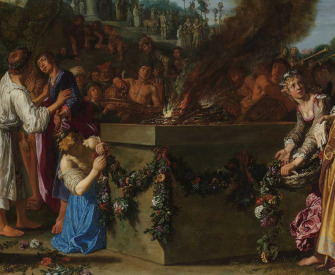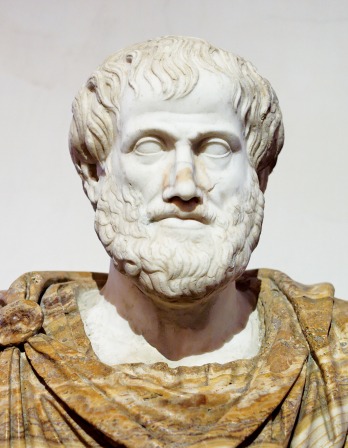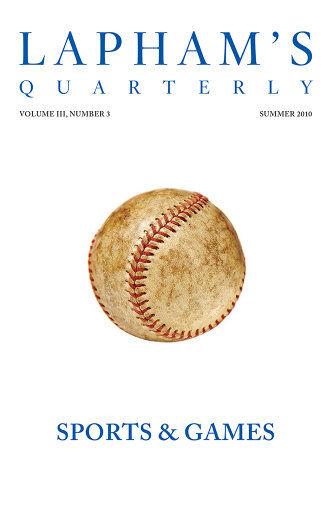Formula for success: rise early, work hard, strike oil.
—J. Paul Getty,Prometheus Unbound
From the invention of coinage to the present day, each technological innovation in currency has further expanded money’s role in our lives.
By Jack Weatherford

International currencies for trading on the Foreign exchange market, image courtesy epSos .de.
Homo oeconomicus is not behind us, but before us.
—Marcel Mauss
Money is like fire, second only to God as the greatest of man’s inventions and the maker of cities and the builder of civilizations. Known as the fifth element, money raises armies and moves mountains, builds castles and launches ships, shapes the land and plows the sea, digs canals and plants orchards, and gives men the power to govern other men.
Since the invention of money three thousand years ago in Asia Minor, men have struggled to obtain as much of it as possible in whatever form it happened to take: gold bars, cowry shells, silver slugs, copper coins, paper notes. Money has never stayed in the same hands for very long, and the stories of its comings and goings over the course of time provide the drama to Western mythology and literature. Behind the stories lies the more important tale of the endless struggle between great nations, large institutions, and powerful personalities to control the production and distribution of wealth—to determine the definition of money itself.
The history of money encompasses three distinct revolutionary transformations: the invention of the coin, the creation of paper bills, and the shift into electronic currency. Nearly three thousand years ago, in a remote part of Anatolia then known as Lydia, the first revolution brought about the coin. Lydia was a small country lacking the agricultural output to feed the massive armies that sustained the large neighboring kingdoms of Mesopotamia. The Lydians scrounged their livings by selling jewelry and other luxury goods to the Persian Empire. In the seventh century bc, the merchant kings of Lydia began using nuggets of gold and silver in their trade, and, to mark the metal’s purity, they pressed a seal onto the surface of the nuggets, thereby flattening them slightly and inadvertently inventing coins.
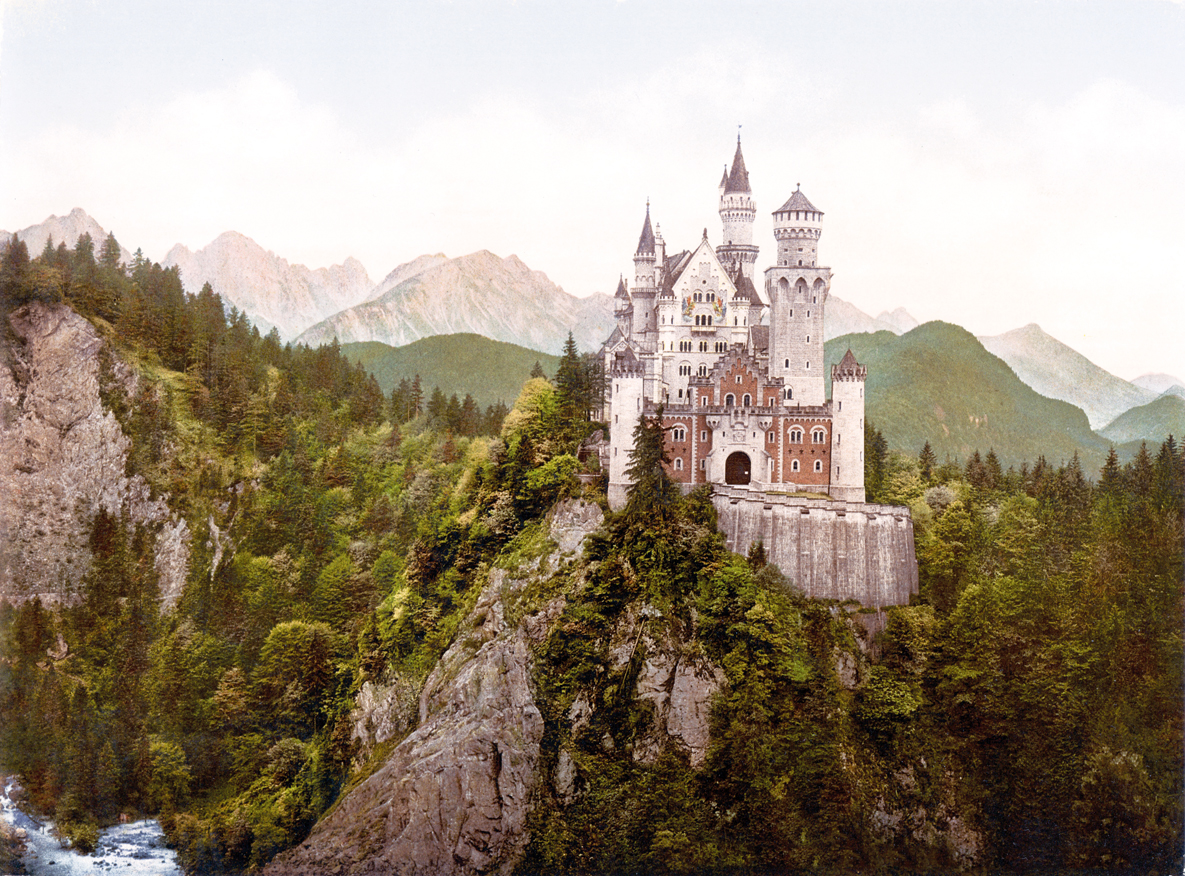
Neuschwanstein Castle, Bavaria, c. 1900. Library of Congress, Prints and Photographs division, Washington, DC.
Before the coin, kingdoms derived their power from agriculture and conquest; rulers needed nothing more to govern than a strong army and a credible priesthood. The dissemination of coins established markets and created a whole new source of energy that spread around the world and gradually destroyed the great tributary empires of history. Money took away power from priests and armies; it had the transformative ability to turn gold into democracy. With this commercial innovation, Lydia became the richest country in the classical world and the name of its king, Croesus, a synonym for great wealth.
Compared with the physical force of the military and the spiritual authority of religion, money offered a third and completely novel way to organize society. Without regard to rank, class, or standing, anyone with the proper coin could buy a goat or a turnip, a jug of wine or a basket of fish, a parcel of land for a vineyard or a pinch of salt to flavor dinner.
The second revolution in the history of money, taking place over the five hundred years from the beginnings of the Renaissance to the coming of the Industrial Revolution, resulted in the modern capitalist system. The movement originated in the banks of Italy, eventually establishing the paper currencies that banks issued for use in daily commerce. More fluid than its metallic predecessor, paper money hastened the end of feudalism, eliminated the privileges of heredity, and shifted economic power from land ownership to stocks, bonds, and corporations. The financial innovations promoted the rise of mercantile and banking families, among them the Medici, in a new social order where cleverness in business outbid prowess on the battlefield or the glory of a noble name. Such a rearrangement gave rise to the artistic, architectural, and literary expression for which the Renaissance is better remembered today than for its commercial genius.
The voyages of Christopher Columbus to the New World and Vasco da Gama to India inaugurated the great mercantile age of international commerce. For the first time in history, ships crisscrossed the high seas and called at ports on almost every continent in a global network of trade. Within two centuries, the routes became firmly established, and many competitors fought to convey the spices and silks from Asia and Europe, slaves from Africa, and silver and sugar from America. Control of the trade passed from Portugal and Spain to England, Holland, and other European nations. But in the second half of the eighteenth century, a new road to riches was opened by industrial production in England.
The making of money passed from the merchants to the industrialists, who first manufactured textiles and proceeded quickly to steel and other metals. As was noticed by Karl Marx, the foremost critic of industrial capitalism, power and wealth were in the hands of those who controlled the “means of production”—the factory owners. The arrangement continued into the twentieth century with production centering on consumer goods as well as on the armaments for the wars that dominated the era.
Europe’s industrialized countries could not maintain their monopoly on production, which migrated to North America. By the end of the century, Brazil and India could out-produce their former colonial masters, while computers and textiles could be manufactured more cheaply in Malaysia, Mexico, and China than in Germany or the United States.
The most dramatic shift has been the relatively recent transformation of currency. Beginning in the twentieth century, the currencies of the colonial powers—the only money that really mattered—were tied to gold. By the end of the century, there were nearly two hundred national currencies, from the ubiquitous U.S. dollar to local currencies with no circulation outside the area controlled by their own national governments.
On May 16, 1972, the Chicago “money pit” opened as the first currency futures market. With the help of computers and satellites, money moved around the world at an accelerated speed, its Promethean energy finally and fully unbound. The money supply of dollars measured in printed currency and bank deposits grew from about $750 billion in 1972 to ten times that amount—$7.5 trillion—by 2007. The largest market in the world, the currency exchange has a daily turnover of more than $3 trillion dollars—more than the entire gross domestic product of China for a year. A single trading center such as the City of London oversees currency trading with a total annual value that surpasses the combined gross national product of the whole world.
The volume of transactions measured in trillions is hard to conceptualize. If converted to one-dollar bills, a sum of $3 trillion dollars would weigh more than a fleet of seventy-one steel ships each with weights equal to the Titanic. But the new money needs no fleet of ships to transport it around the world. It travels at the speed of light in the form of electronic impulses; dollars flow from Singapore to Zurich, yen floods the central bank of Congo, and South African rands become Canadian dollars.
The currency market differs from all others in an even more fundamental way. In other markets, merchants exchange goods for money; but in the currency market, traders exchange the money of one country for the money of another, with no other goods involved in the transaction. They do not need to discuss metric versus American measurements, preferred voltage, or shipping lines; they need only haggle about the asking price. The only quantity is money. Without the need to plant and harvest crops or to manufacture and ship goods, the currency market suffers no delays; its transactions are instantaneous and electronic, the purest exchange of all.
With currencies fluctuating on an open market integrated by computers and satellites, no single center need dominate the market the way a few major centers dominate the exchange of stocks, commodities, and insurance. Today, information from the financial world can reach a German businessman in Singapore at the same moment it reaches a French stockbroker vacationing on a cruise ship in the Caribbean or an eccentric billionaire in the Australian outback. At any second of the day, thousands of traders stand poised to react, and even more computers stand ready to buy and sell as soon as the numbers match the statistically programmed algorithm. The virtually simultaneous decisions of people throughout the world generate a large supply of electronic money fluttering like a skittish flock of birds that take flight in a moment, all headed in the same direction and able to change course on the proverbial dime, alighting here and there before taking off for another pond or field on the other side of the world.
The pack mentality of traders increases the mass and power of the floating corpus of money circling the world. The greater weight of energy amplifies the importance of any movement the market makes. Unable to step lightly, the traders resemble a herd of nervous wildebeests. A brief alarm suddenly becomes a major stampede from the dollar to the Swiss franc and the euro. While intangible moods, intuitions, and prejudices often drive these rapid movements of currency, shifts in the market also reflect the trust that investors have in the leaders of a country at any particular moment. They trusted Ronald Regan to act a certain way, and consequently, the dollar traded at higher levels during his presidency than the objective data would otherwise have warranted. International investors lacked that kind of confidence during the Clinton and George W. Bush administrations, causing the dollar to decline and resulting in an impressive rise in the value of commodities such as gold and oil. While the nearly mythical subprime mortgage market is to blame for much of today’s economic woes, the problems with real estate represent a much larger and more global erosion of faith in the American dollar.
The invisible market where dollars rise and fall never opens or closes; it simply and blindly pulses. It does not distinguish night from day, never takes a siesta or a lunch break. When the banks close in Sydney for the night, the offices are opening for business in Mumbai. When the trading houses shut down for a national holiday in Shanghai, the offices in London and New York continue to hum and thrive. After thirty centuries immobilized in metal coins and paper bills, money is finally free.
In the third phase in the history of money, currency has neither form nor figure. Its electronic movement wields far more power than the largest banks or corporations; its erratic will forces politicians of the strongest national economies to bow in humble submission. The more a currency is traded, the less control any single government has over it. The U.S. Treasury Department and the Federal Reserve have relatively little influence over the value of the dollar compared with the Thai government’s control of the baht.
Financiers, not national governments, run today’s global market. This new class of money men control massive amounts of currency through brokerage houses, banks, pension plans, and insurance agencies. Unlike their predecessors, they do not move spices, silk, or slaves around the world, nor do they manage the production of missiles, DVDs, or microwave ovens. They regulate the flow of money or, more accurately, define the form of money. Liberated from the constraints of metal and paper, these financiers move money from one national currency to another, from stocks into bonds, from mortgages into mutual funds.
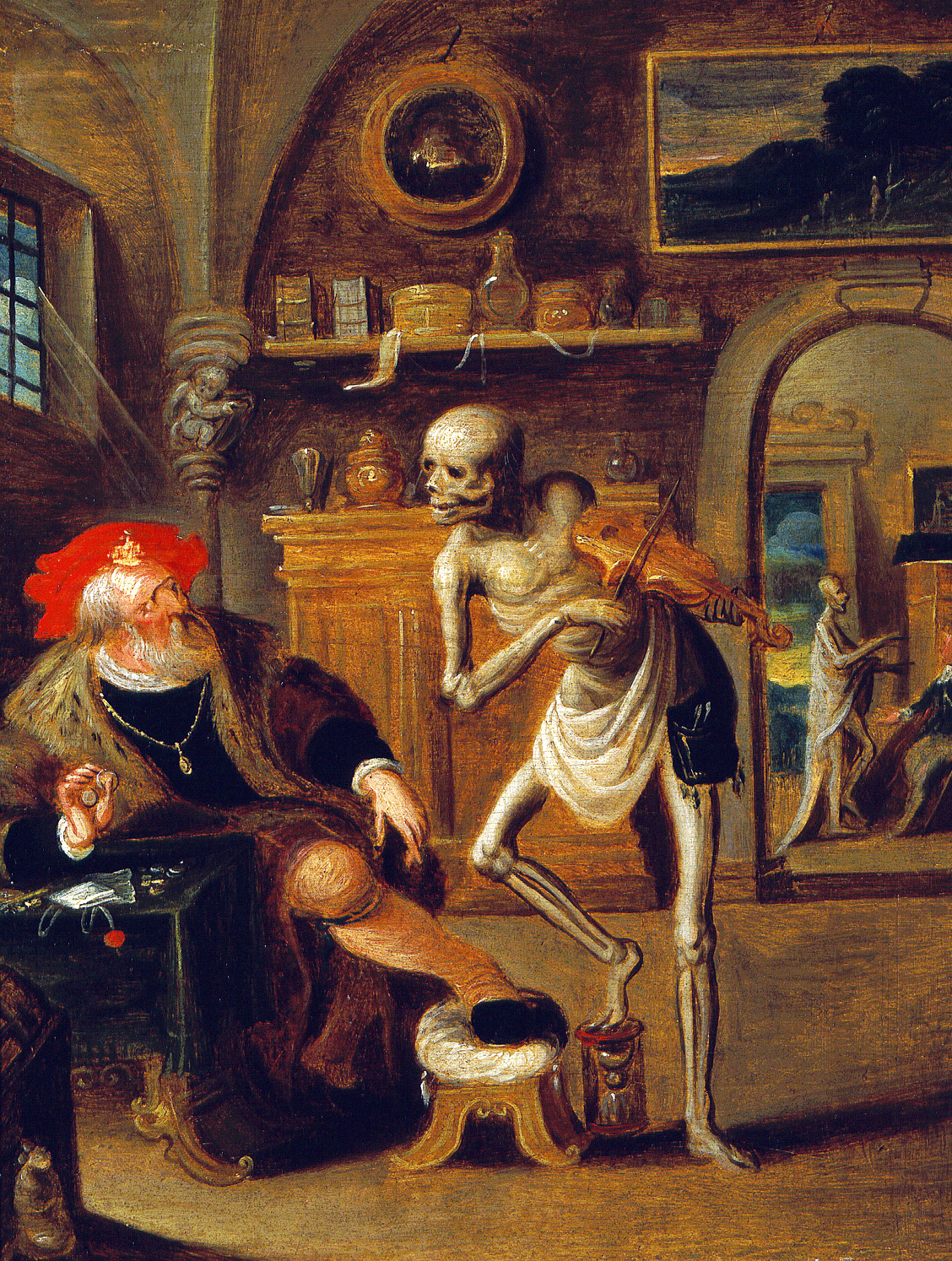
The Miser Haunted by Death Playing Violin, by Frans Francken II (1581–1642). Wellcome Library, London.
From its first appearance in world history, money has forged new institutions and ways of life by corroding earlier systems. It has become the defining variable not only of commercial relations, but of all types of relations, from religious and political to sexual and familial. Each technological innovation in currency, from the invention of coinage in Lydia three millennia ago to its current incarnation as blips of electronic light, has further expanded money’s role in our lives.
History has suggested that neither the government nor the market is capable of regulating money. From Nero to George W. Bush, government officials and financiers have tried to control money for their own short-term benefit. Roman emperors in the third century reduced the silver content of coins to pay the cost of a growing army and bureaucracy; French bankers in the eighteenth century issued worthless paper money and stock to the unsuspecting public in order to prop up a failing monarchy. The novel monetary systems initially improve the economic situation, but eventually—when the intoxication wears off and the bills come due—reality returns and the house of cards falls down.
In the global economy that is still emerging, the power of money will supersede that of any nation, combination of nations, or international organization now in existence. The newly ascended financial elites hold no brief or loyalty for any particular country, and the third revolution in the history of money threatens to erode the value of kinship, religion, occupation, and citizenship as the defining components of civic and social life. As near at hand as a credit card, a telephone, or a computer, the capricious cloud of money can seem as far beyond our control as the tides. An incorporeal concentration of humankind’s most basic desires, fears, and faiths, money surfaces briefly as a sequence of digits on a computer screen before evaporating again into the thin air that dreams are made of.
